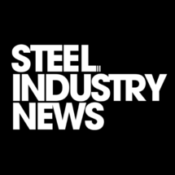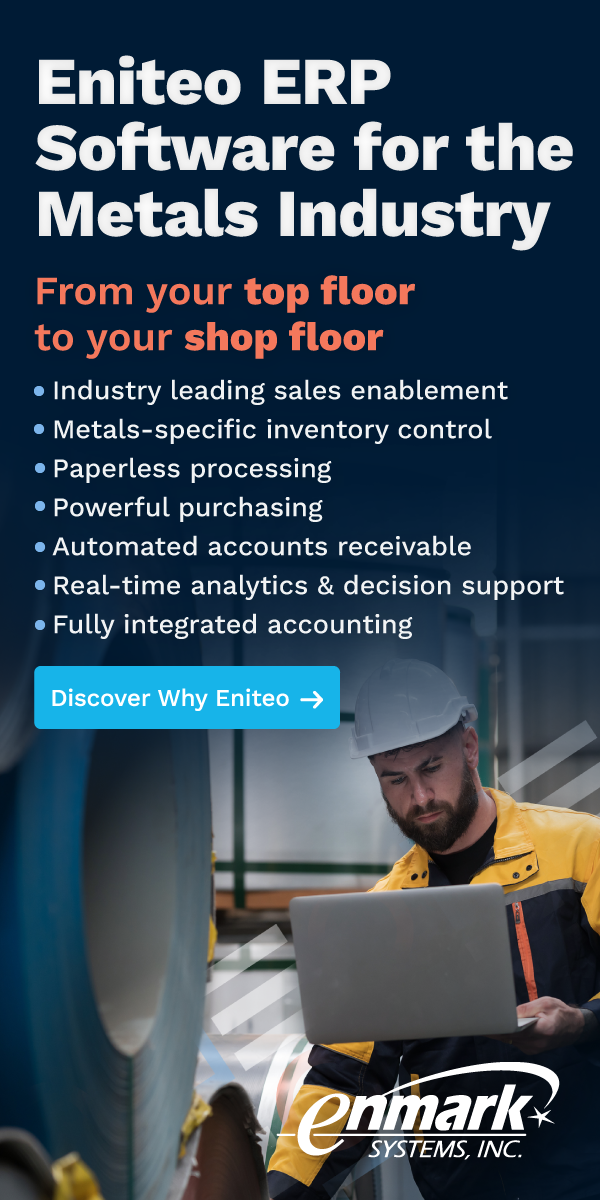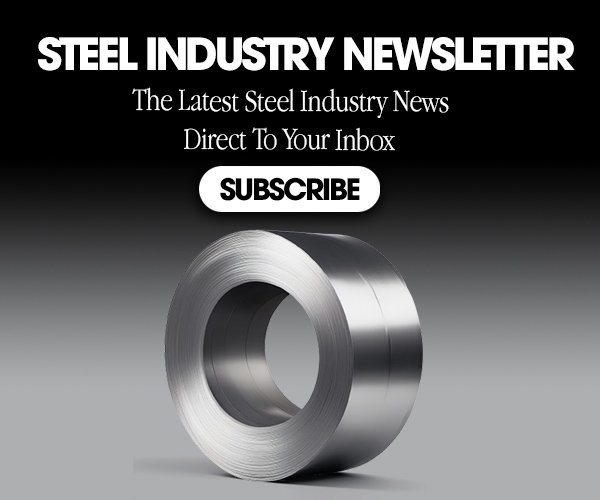In today’s rapidly evolving regulatory landscape, the steel industry faces unprecedented pressure to disclose carbon emissions across Scopes 1-3. As sustainability becomes a critical business imperative – driven by customers, regulators and financiers alike – the need for efficient and transparent carbon reporting is more vital than ever.
Yet, this poses huge time and cost burdens for businesses that need to quickly upskill and implement carbon management processes to meet legislative deadlines, and shift procurement conversations towards sustainability.
CarbonChain’s work with leaders in the metals industry has yielded some tips to reduce your carbon reporting costs and enhance supplier engagement:
1. Utilize a Free, Self-Service CBAM Tool
One of the most significant challenges in carbon reporting today is managing the European Union’s Carbon Border Adjustment Mechanism (EU CBAM), especially as importers and their non-EU suppliers must provide primary data about the carbon footprint of imported goods by October 2024. CarbonChain’s new, fully self-service CBAM tool allows declarants to measure, track, and submit CBAM data effortlessly, while onboarding suppliers to easily submit their data. This tool is available with free access until October 2024 for eligible companies, simplifying compliance and significantly reducing submission costs while helping companies avoid substantial penalties from the European Commission.
2. Achieve High-Fidelity Carbon Footprints
Accurate carbon accounting is essential for meaningful sustainability efforts. When primary supplier data is unavailable, companies often use available emissions factors from recognized databases. However, sometimes available emissions factors bundle together multiple steps of the supply chains into one: for example, combining mining, refining and smelting into one. This can disguise carbon hotspots and limit the impact of carbon targets. Accuracy can be improved by following Greenhouse Gas Protocol guidance and breaking down the calculations to get the quantified emissions at each supply chain step, including all sources, such as upstream energy production.
Need help? Refined asset-level emissions data for steel, aluminum, nickel and copper are now available on CarbonChain’s platform.
3. Streamline Supplier Data Integration

Effective carbon reporting hinges on getting accurate data from the entire supply chain. But managing this can be challenging due to varying formats and reporting standards. Your supplier engagement program should:
- Enable suppliers to submit what they already have to hand (whether it’s Environmental Product Declarations (EPDs), Product Carbon Footprints (PCFs), or Life Cycle Assessments (LCAs) and:
- Allow these disparate formats to be integrated into your one management system.
If your supplier is only just starting their carbon accounting journey, and you’re sending CBAM requests, try supporting them to provide more data than what CBAM requires. Guide them on monitoring emissions across the scope of PCFs, not just CBAM, to ensure you in turn get the information you need to produce full PCFs. This will reduce the need for your company to redo the whole supplier engagement process from scratch when you receive a PCF request (for which CBAM data alone isn’t enough).
4. Protect Sensitive Data
Handling sensitive supplier data can be a significant concern. Ensuring that supplier data is protected and only used for its intended purpose builds trust and encourages more comprehensive data sharing. If you are using a third-party carbon accounting solution to collect supplier data, check their security approach.
When it comes to CBAM, a new registry module by early 2025 plans to let exporters submit sensitive data directly. This information will be used for emissions estimates but won’t be visible to importers.
5. Use regulatory data for commercial success
Mandatory supplier engagement presents an opportunity to map out your emissions in near real-time, identify reduction potentials, and foster meaningful conversations with stakeholders. By leveraging these insights, companies can explore lower-carbon product options with suppliers, collaborate with customers on sustainability goals, and negotiate incentives with trade finance providers to reduce emissions.
The path forward
New analyses from CDP and BCG highlight that supply chain emissions (Scope 3) are significantly higher than operational emissions (Scopes 1 and 2), particularly in the materials and manufacturing sectors. As regulators intensify their focus on carbon emissions, the steel industry must be proactive in addressing these challenges.
This is not just about compliance. It’s about positioning your company as a leader in sustainability and meeting the growing demands from customers and investors for lower-carbon steel.
Explore how to kickstart your journey with CarbonChain.
Speak to an expert.
Subscribe to the Steel Industry Newsletter:








